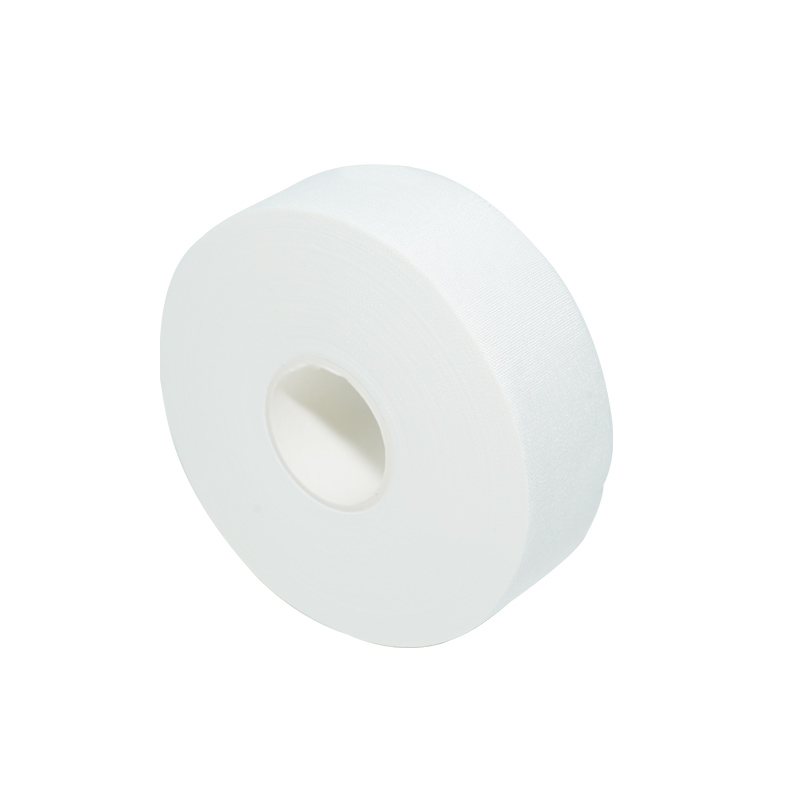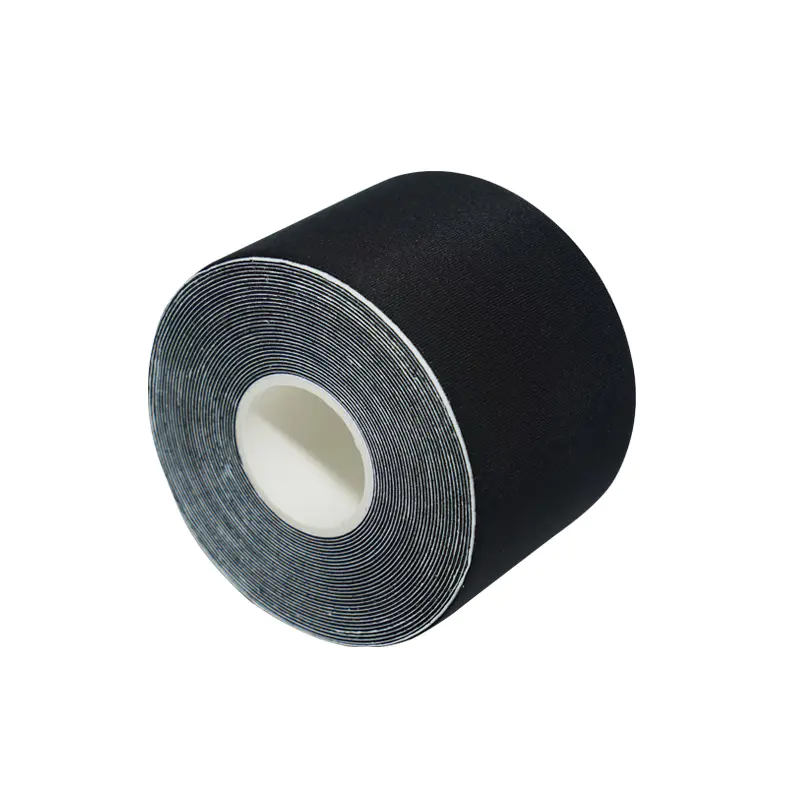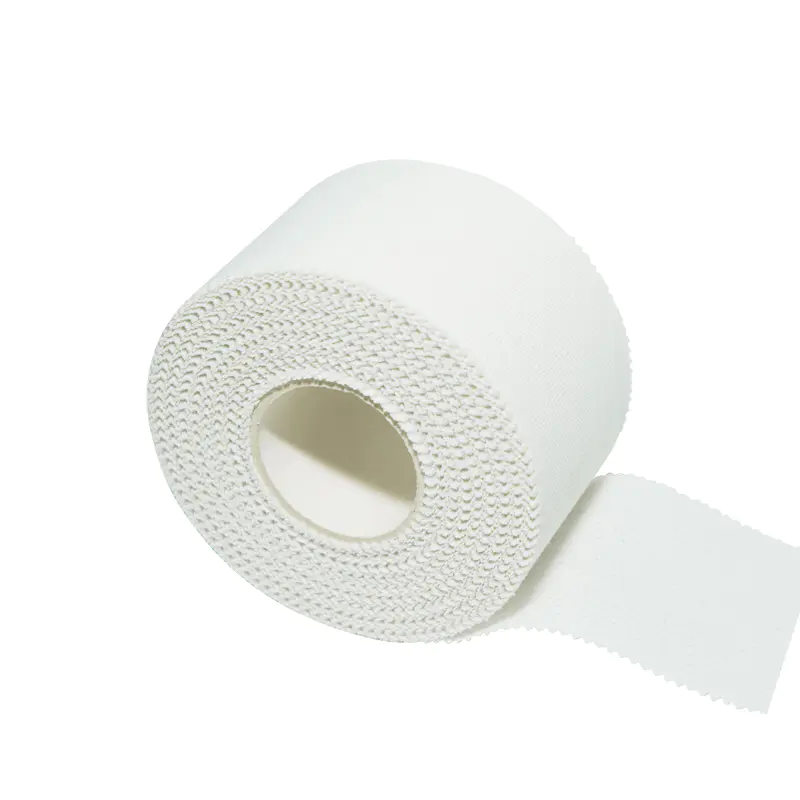In the world of sports and physical activity, we often focus on the spectacle: the slam dunks, the game-winning goals, the record-breaking sprints. But behind every great performance lies a foundation of preparation and support. One of the most unassuming yet vital tools in this foundation is cotton athletic tape. More than just a simple strip of adhesive fabric, it’s a staple in injury prevention, management, and performance enhancement for athletes across all disciplines.
What Makes Cotton Athletic Tape the Go-To Choice?
While there are many types of tapes available, cotton athletic tape stands out for its unique properties. It’s typically a rigid, non-elastic tape made from 100% cotton fabric with a zinc oxide-based adhesive. This combination offers several key benefits:
- Exceptional Durability and Support: The non-elastic nature of the tape provides a strong, rigid support structure. This makes it ideal for immobilizing joints, restricting movement, and providing external stability to muscles and ligaments. It’s the perfect choice for high-impact sports where joints are under constant stress, such as football, basketball, and weightlifting.
- Breathability: The cotton weave allows for excellent air circulation, which helps keep the skin dry and comfortable, even during intense activity. This breathability is crucial for preventing skin maceration (softening due to prolonged moisture) and reducing the risk of skin irritation, especially when the tape is worn for extended periods.
- Strong Adhesion: The zinc oxide adhesive is known for its strong, reliable grip. It adheres well to the skin and stays in place through sweat, friction, and movement. This robust adhesion ensures the tape’s support is maintained throughout an entire game or training session.
- Easy to Tear: While providing a strong hold, cotton athletic tape is also designed to be easily torn by hand, both lengthwise and widthwise. This feature allows trainers and athletes to quickly apply the tape without the need for scissors, making on-the-spot adjustments and emergency taping simple and efficient.
Beyond Taping: Applications of Cotton Athletic Tape
The applications of cotton athletic tape extend far beyond simply wrapping an ankle. Professional trainers and physical therapists use it for a wide range of purposes, each requiring a nuanced understanding of biomechanics.
- Injury Prevention: Prophylactic taping is a common practice, particularly for athletes with a history of joint sprains or instability. For example, taping an ankle before a basketball game can provide crucial support to the ligaments and help prevent an inversion sprain.
- Injury Management: When an injury does occur, cotton athletic tape can be used to stabilize the affected area. It can limit the range of motion of a sprained joint, allowing it to heal while preventing further damage. It can also be used in conjunction with other treatments like RICE (Rest, Ice, Compression, Elevation) to reduce swelling and pain.
- Performance Enhancement: While it may seem counterintuitive, cotton athletic tape can also be used to enhance performance. For instance, taping a finger or a wrist can provide a sense of proprioceptive feedback—an awareness of where your body is in space. This can help athletes maintain proper form and technique, especially in sports like rock climbing or gymnastics.
Taping Techniques and Considerations
The effectiveness of cotton athletic tape hinges on proper application. A haphazard wrap can do more harm than good. Key considerations include:
- Skin Preparation: The skin should be clean, dry, and free of oils or lotions to ensure optimal adhesion. Pre-taping sprays or adhesives can be used for extra security.
- Proper Tension: The tension of the tape is critical. Too loose, and it won’t provide the necessary support. Too tight, and it can restrict blood flow, leading to discomfort or even injury. The tape should feel snug and supportive but never constrictive.
- Understanding Anatomy: Taping an area effectively requires a solid understanding of the underlying anatomy—the direction of muscles, the location of ligaments, and the natural movement of the joint.
In a world where sports science continues to evolve, the simple roll of cotton athletic tape remains a timeless and essential tool. It’s the silent partner in an athlete’s journey, providing the foundational support needed to push limits, recover from setbacks, and achieve greatness.







